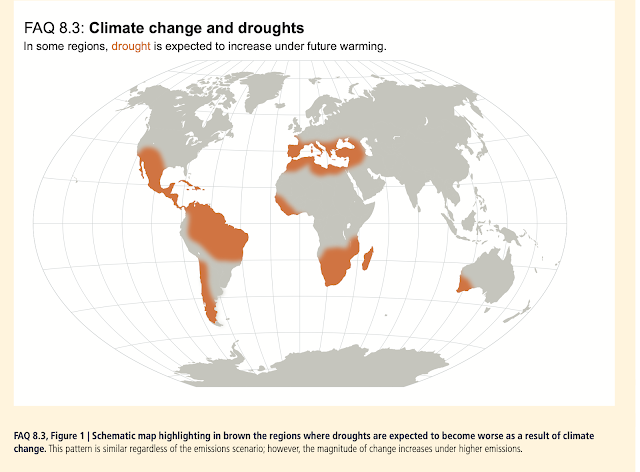Birding & Being: Gateway to the Natural World

Faraaz Abdool leads us on a journey of reconnection; and encourages us to find joy, beauty and commonality in nature. Birding, he advocates, is an easy entry to nature, and to “being.” To wrangle the disciplines of ecology and philosophy and neatly package seemingly diverse teachings and guidelines seems improbable and ambitious with lofty, unattainable aspirations. Let us not overthink it as we set out on this journey of being. Let us not think about it at all. Before we can explore the concept of being, let’s consider why we should cast attention toward birds. Of all the nature-based activities on offer, what makes birds so special; why is the reader being coerced into birding? For starters, it is extremely likely that you have noticed a bird before. Familiarity, check. They are literally everywhere: every habitat in almost every continent. They are probably the most noticeable creatures of the natural world, infiltrating even the most urbanized areas. We have national birds


